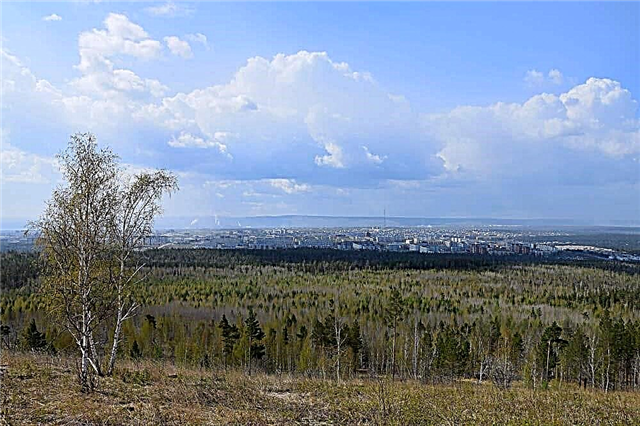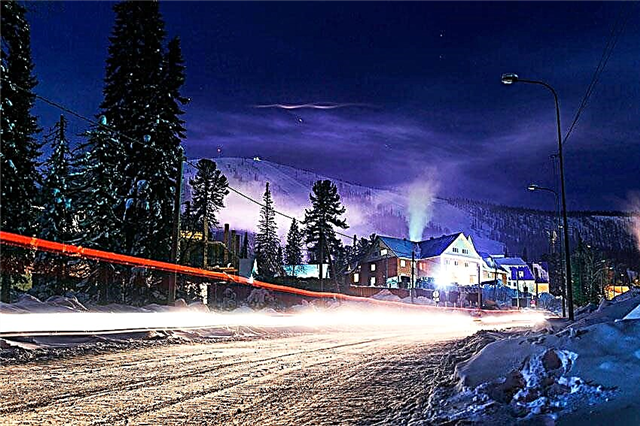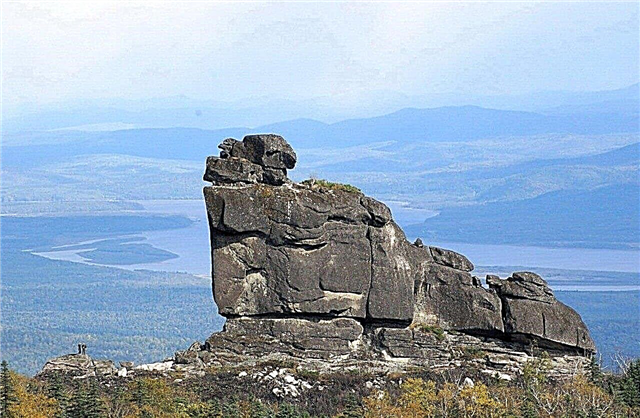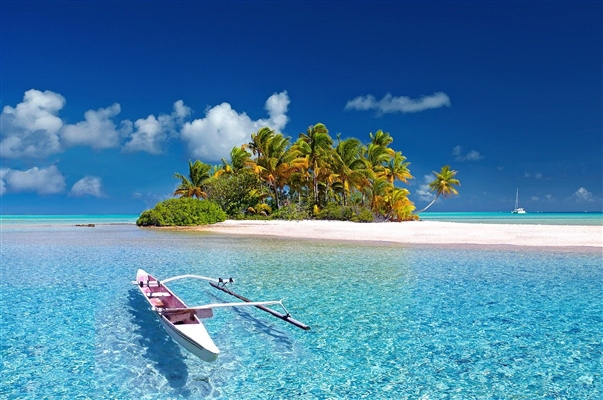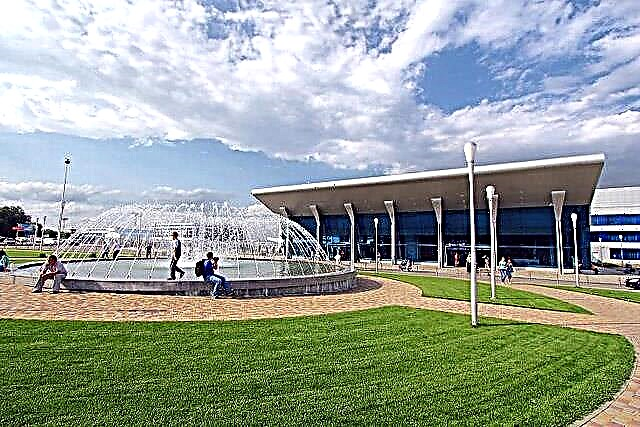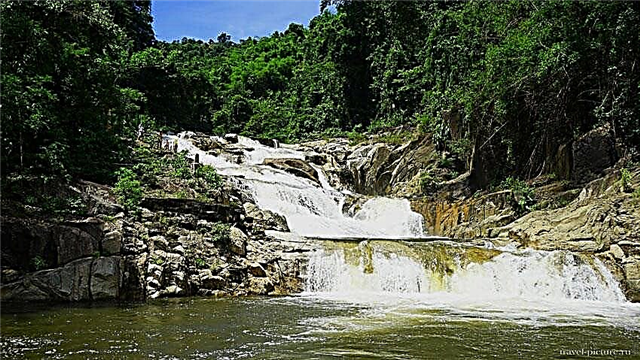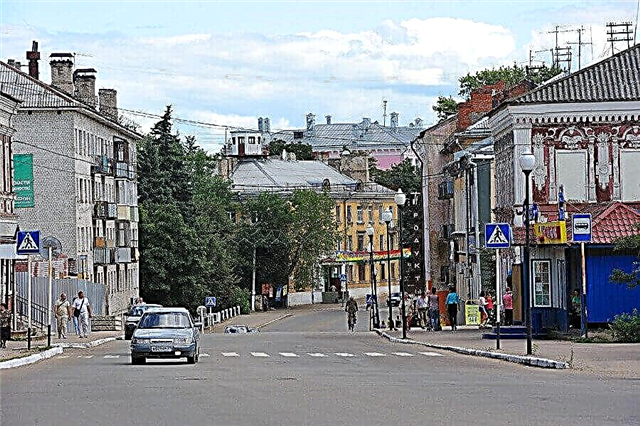The Tver region is located in the central part of Russia, covers an area of over 84 thousand. Main railways and highways pass here. There are 23 cities in the region. The economy is based on industry and agriculture. It is rich in natural resources: forests cover 5 million hectares, 800 rivers and 1700 lakes, mineral springs. The most famous are the Volga, the source of the Western Dvina, Lake Seliger.
14 cities of the Tver region have the title of "historical city" - Tver, Vyshny Volochek, Ostashkov, Torzhok, Vesyegonsk, Kalyazin, Kashin and others. The oldest of them were founded in the XIII-XIV centuries. Each city has its own unique appearance, many have preserved Orthodox shrines, estates and monuments that keep the memory of famous people of Russia.
The largest cities in the Tver region
List of the region's largest cities in terms of population.
Tver
Previously called Kalinin. Renamed in 1990. The capital of the Upper Volga region, stands on the banks of the Volga, 90 km from Moscow. The story begins in 1135. Once Tver was the center of the Tver principality. She competed with Moscow for the title of the capital of Russia. The main trade routes intersect here, this is the port of the five seas. Now - the center of culture, there are theaters, a philharmonic society, museums.
Population - 425,072 people (2020).

See also: 45 main attractions of Tver.
Rzhev
The area is 56.1 km², located on the banks of the Volga. It was founded in 1216. In the 18th century, due to its advantageous location, it became a major commercial and industrial center of the country. During the Great Patriotic War, it was occupied for 17 months, destroyed to the ground and rebuilt again. Monuments have been erected in the city in honor of the liberators and heroic events of those war years.
Population - 59 thousand people.

Vyshny Volochyok
The first mention of the settlement dates back to 1437. The area is 54 km², located on the border of the watershed of the rivers of two basins - the Baltic and the Caspian. Under Peter I, a system of artificial canals was erected, which became an important stage in the development of Volochek. Now this hydraulic system is the main attraction of the city. It received the status of a city in 1770 by order of Catherine II.
Population - 46 thousand people.

Torzhok
The picturesque town is located on the banks of the Tvertsa River, in the center of the region, its area is 59 km². Founded by Novgorod merchants. The first information in the annals is found in 1139. The city has preserved historical architectural monuments, many of which are of federal significance. Nowadays Torzhok is famous for the craftswomen of "gold embroidery", the traditions of which originate in the XII century and have been preserved to this day.
Population - 45 thousand people.

Kimry
It used to be a trading village, the status of a city was received in 1917. The first records about him are found in 1546. Located on the Volga, at the mouth of the Kimrka River. Since the 18th century, it has been the center of the shoe industry, where government orders for the Russian army were carried out. In the left-bank area, buildings with turrets in the Art Nouveau style have been preserved. In 1918, the Shoe Museum was founded with an exposition of Kimry shoes from the 18th-20th centuries.
Population - 44 thousand people.

Konakovo
Located on the Volga, an area of 39 km². This is the former village of Kuznetsovo, renamed in honor of the revolutionary Porfiry Konakov in 1929. The village was famous for the production of porcelain at the local porcelain and faience factory. The plant building has survived, it is included in the list of industrial architecture monuments. Also interesting: the Rozhdestvensky estate, the Church of the Nativity of the Virgin, the electric theater.
Population - 38 thousand people.

Udomlya
A small town in Tver land, located on the shores of Lake Pesvo, an area of only 9 km². In 1478, the first settlement was established here. The settlement near the Trinity railway station was formed in 1869, and in 1904 the station was named Udomlya. The construction of the Kalinin nuclear power plant began on the shore of the lake in 1974; it was a city-forming enterprise. City status received in 1981.
Population - 27 thousand people.

Bezhetsk
Located on the banks of the Mologa River, it covers an area of 17 km². The name comes from the word "refugee", the settlement was founded by Novgorodian settlers - Ilmen Slavs. It is one of the oldest cities in the region, first mentioned in 1137. In 1775 it received the status of a city. At the end of the 19th century, Bezhetsk was the largest center for the sale of flax.
Population - 21 thousand people.

Bologoye
A small town with a rich history, located on the shores of Lake Bologoye. Area 350 km². It was first mentioned in 1495. In 1851 it was the station of the Nikolaev railway, the status of the city was received in 1917. During the Great Patriotic War, the station provided communication with the front, was a strategic object. Many monuments of the city are dedicated to the courage of the railway workers in those years.
Population - 21 thousand people.

Nelidovo
It is located on the banks of the rivers - Mezha and its tributary Semikovka. The area of the city is 20.5 km². In 1901, a railway station was built and a workers' settlement arose around it. City status was acquired in 1949. In the post-war years, the development of the Nelidovsky coal mines began, which had been successfully operating for many years. The Central Forest Nature Biosphere Reserve is located near the city.
Nelidovo - 18 thousand people.

Ostashkov
Located on Lake Seliger, included in the list of protected cities in Russia. The settlement of Klichen, on the site of which Ostashkov was formed, was mentioned as early as 1371. The status of the city is from 1770. Important historical monuments: Znamensky Monastery, created in the 17th century, Zhitenny Monastery, Trinity Cathedral, which has retained its appearance since 1697.
Population - 19.7 thousand people.

Kashin
One of the oldest cities in the region, with an area of 11 km². It is located on the banks of the Kashinka River, close to the border with the Yaroslavl Region. It was built on a cross-circular system and the natural landscape fits beautifully into the structure of the city. It was first mentioned in 1238. There are mineral springs with a different composition of water, on the basis of which the Kashinsky sanatorium was created.
Population - 14 thousand inhabitants.

Kalyazin
It stands in a picturesque place - on the banks of the reservoir, at the confluence of the Zhabnya River into the Volga. It was first mentioned in the XII century. According to the decree of Catherine II, in 1775 the settlement was transformed into a city. During the construction of the hydroelectric power station in the 1930s, most of the city was flooded. Now the bell tower of St. Nicholas Cathedral in the middle of the river is a symbol of the city that disappeared under water. The merchant houses of the old city and the church have been preserved.
Population - 12 thousand people.

Toropets
It is located on the Toropa River, hence the name of the city. A rich historical past, historical and cultural monuments have been preserved and restored there, many of them are of regional significance. It was first mentioned in 1074. In 1168 it became the center of the principality. There was a way "from the Varangians to the Greeks." This is the homeland of His Holiness Patriarch Tikhon, the defender of the faith.
Population - 12 thousand people.

Likhoslavl
The small town is located on the Moscow - St. Petersburg railway line. The Cheryomushka River, which flows into an artificial lake, flows through the entire city. It arose at the beginning of the 20th century, at the location of the Ostashkovo village and the Likhoslavl estate. In 1925 it was awarded the status of a city. Most of the population are Karelians who moved here. In Likhoslavl, you can get acquainted with their culture and cuisine.
Population - 11.5 thousand inhabitants.

Kuvshinovo
It is located at the confluence of the Negoch and Osugu rivers. It was the village of Kamennoye, first mentioned in 1624. In the 19th century, a paper mill was founded, it was bought by the breeder Kuvshinov, and the station and the village were named after his last name in 1910. In 1938, the village and the settlement were merged into the city of Kamenka, since 1965 - Kuvshinovo. Until now, "Kamenskaya paper and cardboard factory" acts as a city-forming enterprise.
Population - 9 thousand people.

Western Dvina
It got its name from the river of the same name. Founded in 1900, it has been an urban-type settlement since 1927.Converted to a city in 1937. In 2007, he took first place in livability among the cities of the region. There are few historical monuments, the main thing here is natural and water resources. The river is unique - a major waterway of Europe, and the ancient Okovsky forest is a paradise for hunters and mushroom pickers.
Population - 8 thousand people.

Old lady
The city is located on the banks of the Volga, at the confluence of the Staritsa River. It was first mentioned in 1297, founded by Prince of Tver Mikhail Yaroslavich to protect the borders of the principality. In the XIII-XVII centuries there was a fortress, now there is a settlement. The old woman attracts with its rich history and beautiful buildings. Interesting: Borisoglebsky Cathedral, Holy Dormition Monastery, bell tower, old smithies.
Population - 7 thousand people.

Andreapol
Located in the upper reaches of the Zapadnaya Dvina River, an area of 13 km². The city's chronology dates back to 1489. It has been a city since 1967. The name on behalf of the owner of these lands in the 18th century - Andrei Kushelev, his estate was called Andreiano Pole. In 1806, one of the first resorts in the Russian Empire was opened here, which was called "Andreapol Mineral Waters".
Population - 7 thousand people.

Zubtsov
It is a historic city located at the mouth of the Vazuzah. It was first mentioned in 1216. The center of the appanage principality was in the XIV-XV centuries. It became the main center of the flax trade at the end of the 19th century. During the Great Patriotic War, fierce battles of the Battle of Rzhev took place in this place, the city was destroyed. In the 70s, the Vazuz reservoir was built, which supplies drinking water to Moscow.
Population - 6 thousand people.


